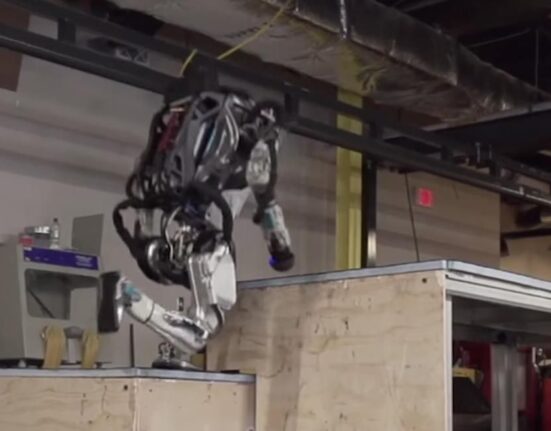In the vast expanse of space, a cosmic dance is unfolding—a potential collision between our home galaxy, the Milky Way, and the neighboring behemoth, Andromeda. For years, scientists have been captivated by the looming possibility of these two galactic giants merging in a spectacular celestial event. However, recent findings are challenging this long-held belief.
Imagine hurtling through the cosmos at 250,000 miles per hour towards a collision course with another galaxy billions of years from now. This is precisely what researchers have been contemplating as they delve into the intricate dynamics of our cosmic neighborhood. A groundbreaking study published in Nature Astronomy has injected fresh uncertainty into this cosmic narrative.
A team of astrophysicists from prestigious universities across Europe embarked on a monumental task—running 100,000 simulations to unravel the fate of the Milky Way and Andromeda. Armed with data from cutting-edge space observatories like the Hubble Space Telescope and ESA’s Gaia mission, they introduced new variables into their models to paint a more nuanced picture.
The results were nothing short of intriguing. Contrary to previous estimates suggesting an imminent collision within the next few billion years, the researchers found only a slim 2 percent probability of such an event occurring in the foreseeable future. Instead, scenarios emerged where close encounters between the galaxies delayed any potential merger by billions of years.
“In slightly over half of the simulated scenarios…Andromeda and Milky Way experience at least one close encounter before they collide,”
explained one researcher involved in the study. These interactions reshape our understanding of galactic evolution, hinting at a grand cosmic waltz that may unfold over eons.
The pivotal role played by our galaxy’s largest satellite—the enigmatic Large Magellanic Cloud (LMC)—cannot be overlooked. While dwarfed in size compared to its host galaxy, LMC’s gravitational tugs exert a subtle influence on the Milky Way’s trajectory. This gravitational interplay alters dynamics sufficiently to steer clear of a cataclysmic merge with Andromeda.
As one scientist mused about these findings,
“It used to appear destined to merge with Andromeda forming a colossal ‘Milkomeda’. Now, there is a chance that we could avoid this fate entirely.”
The once-certain fate of our galaxy now hangs in limbo—an uncertainty that adds another layer of intrigue to humanity’s cosmic destiny.
Looking ahead, researchers are eager to explore further as new datasets pour in from advanced observatories like Gaia. These insights promise more precise measurements and deeper understanding into galactic motions—a glimpse into an ever-evolving universe filled with surprises and mysteries waiting to be unraveled.
“The Universe is dynamic…constantly evolving,”
remarked one cosmologist involved in the study. This sentiment encapsulates not just our quest for knowledge but also underscores the profound beauty and complexity that pervade every corner of space—an eternal spectacle that continues to enthrall and inspire us all as we journey through time and space together.









Leave feedback about this